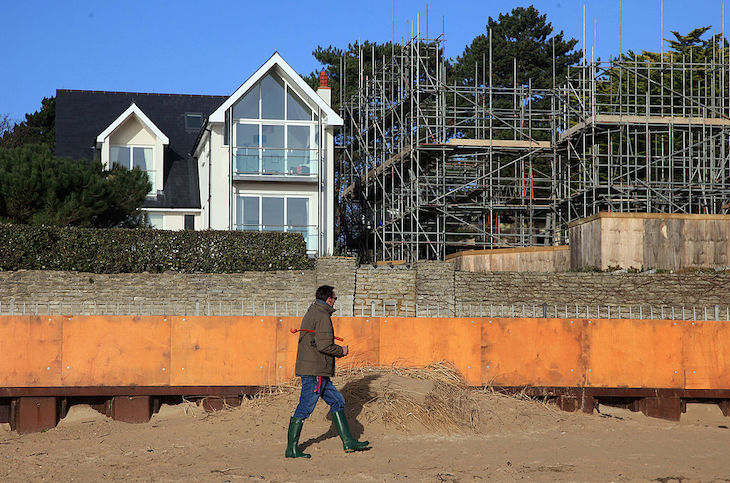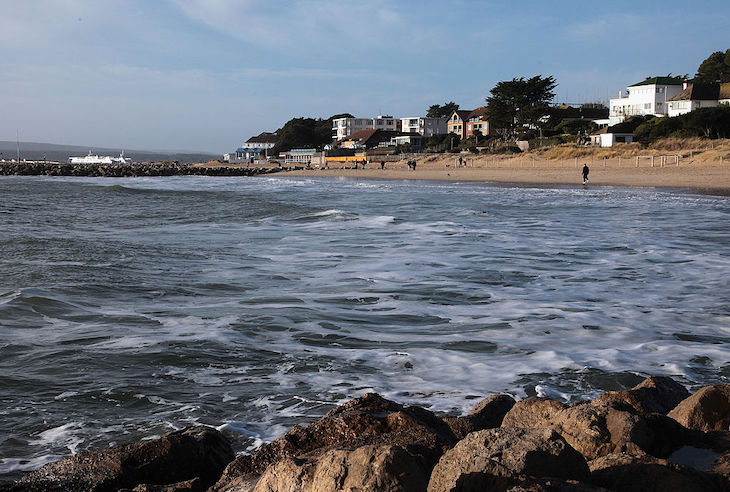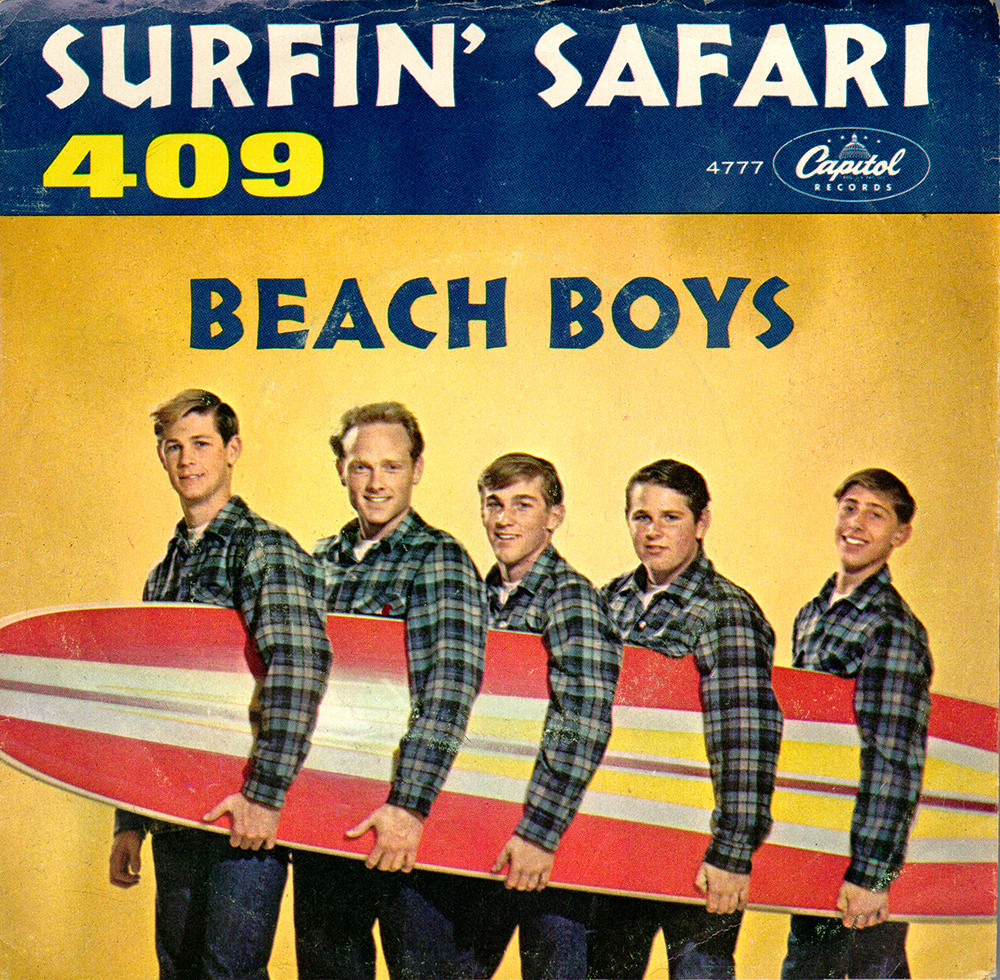In the showy harbourside enclave of Sandbanks, in Dorset, properties regularly go for upward of £7 million; one bungalow there recently sold for £13 million. Footballers and screen stars call it home. But there are two things money can’t buy when it comes to Sandbanks: sunshine and style.
It’s a desperately cramped, traffic-ridden place
Estate agents like to claim that Sandbanks is ‘Britain’s Palm Beach’, but on a rainy Thursday night in October it’s hard to see how. Over the next week, Britain’s priciest seaside community is expected to see a blend of torrential rain, light rain, and partial sunshine at temperatures roughly on par with those forecast for London.
Some residents claim the outcropping of Poole has its own microclimate. This seems unlikely: after all, it is still England and on the coast, which means plenty of cloud and rain, and very little of the Eden-like weather that drives prices high in other ritzy European harbours. Portofino or Porto Cervo it is not.
But the residents of Sandbanks don’t seem to give two hoots about any of this. Their ferocious attitude to the trappings of wealth and the competitive loud-hailing of it to their neighbours has only intensified, suggesting wild and showy pride in the overdeveloped spit they call home.
The latest high-profile bust-up to roil the peninsula, which counts Harry Redknapp, the ex-football manager, as a resident, is between John and Deborah Yeoman, aged 70 and 68, and their neighbour Jeremy Gardner, 64. It concerns the Yeomans’ plans to replace the detached home they built 20 years ago with a £10 million modernist pile that is – gasp – nine inches taller than its neighbour’s.

The bad blood between these wealthy boomers appears to go back to 2015, when Gardner bought his house and quickly replaced it with a four-storey building. At the time, the Yeomans complained that this development would ‘ruin the skyline’. Now Gardner seems miffed that the Yeomans’ proposed home is not only nine inches taller than his, but ’16 times the size of an average UK home, and considerably higher and larger than any of the other two, three and four-storey waterfront houses [in the area]’. Gardner has cheekily suggested, in light of the desired 17 car parking spaces, that there might be plans to turn the house into flats.
As a rootless cosmopolitan and north London snob who grew up in one of the most beautiful coastal areas on America’s eastern seaboard, I am baffled by Sandbanks’ desirability, let alone the sky-high prices of properties there.
Why anyone would be so committed to upsizing on what amounts to a desperately cramped, traffic-ridden, terribly average waterline that they would go to war over their plans is also a mystery. Those who pay upward of £4 million for a house that will, at best, reward you with views of a large grey sky, choppy seaweed-coloured sea, ugly new-builds and stretches of overdeveloped, bland waterfront must be mad.
Sandbanks has none of what I would look for in a seaside home: no wildness, no seclusion, no sense of exposure to the full roar of the elements. Its naturalness has been manicured out of it in accordance with the architectural and landscaping tastes of the football and entertainment elite who have carved it up.
Yet, for all this, I find that, rather than simply wanting to chortle nastily at the falling out of the Yeomans and their neighbour – or argue that they all deserve each other, the greedy buggers – I feel strangely protective of Sandbanks and its materialistic residents.
The thing is, Britain is on a precipice, teetering over a cost-of-living crisis, brain drain, fraud and increasing poverty. This is caused, in large part, by its attitude to wealth and wealth creation; a compulsion to punish those for wanting to get on, for greed, for shameless aspiration. The post-Thatcherite Tories, bewilderingly, have projected suspicion of the rich. Under Keir Starmer, for all the star power at Labour’s big investment shindig last week, the hatred of earned money and of wealth has deepened and will, as of next week’s Budget, be formalised.
So, in the context of Starmer’s ‘eat the rich’ Britain, places like Sandbanks are symbolic of something we risk losing at our peril. It is vulgar. It is not the sort of place a football-loathing snob like me would gravitate towards and I am very unlikely to be friendly with people like the Yeomans and Mr Gardner. But Sandbanks represents hustle, honest materialism, joyful consumer fantasy and the hard work that reinforces all these things. I wish its residents well in their desire to embrace wealth and all the things money can buy. And if that means a nine-inch triumph over the next-door neighbours, then fair play. They had better wield the power of their money, and their bloody-mindedness, before Labour outlaws both entirely.








Comments